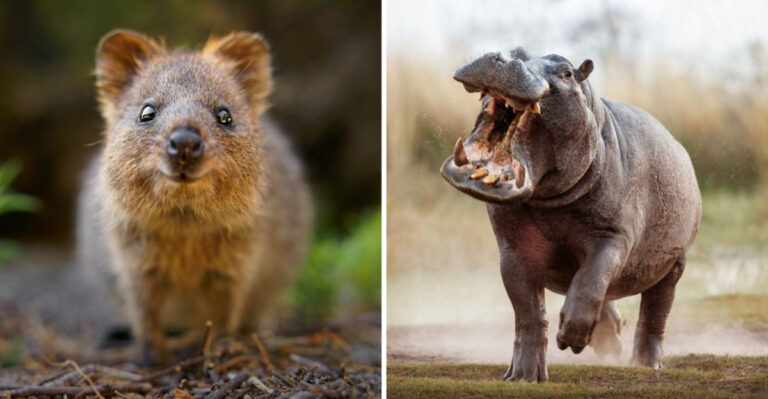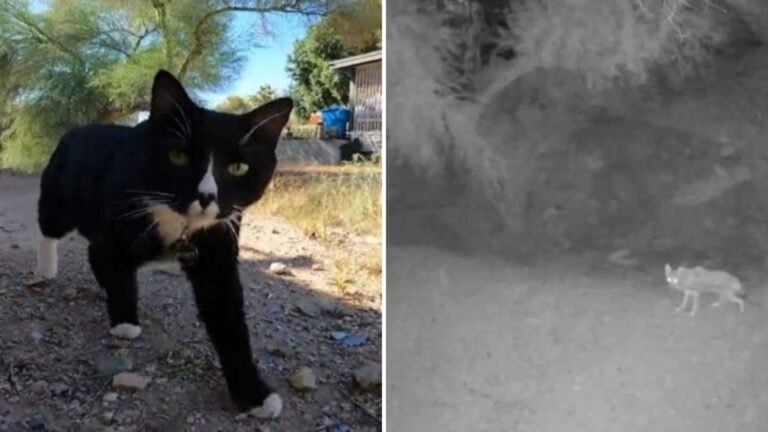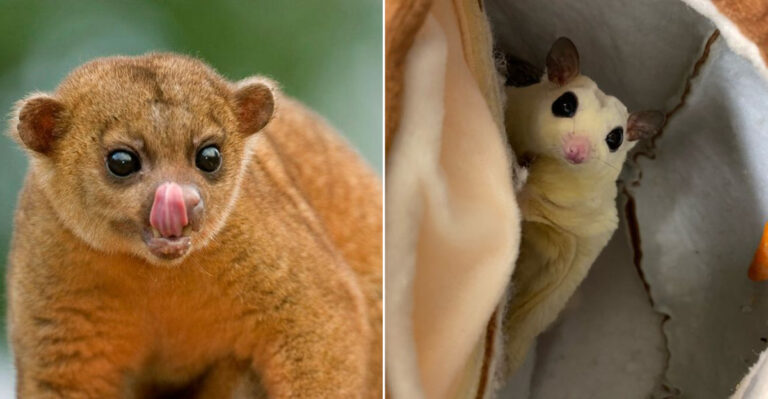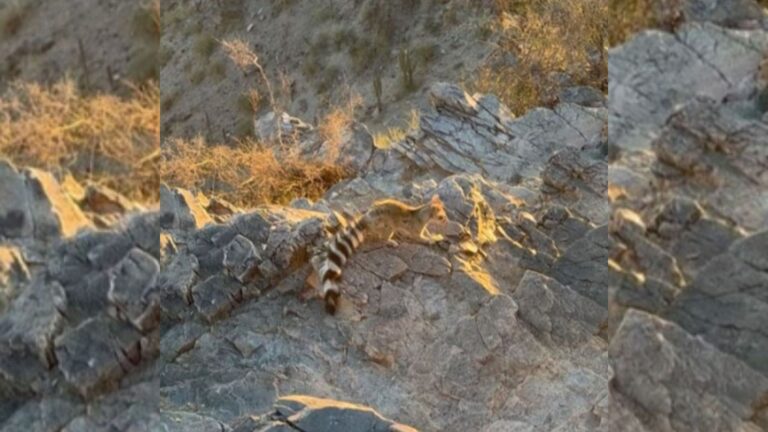New Cat Species Confirmed After Years With No Photographic Proof
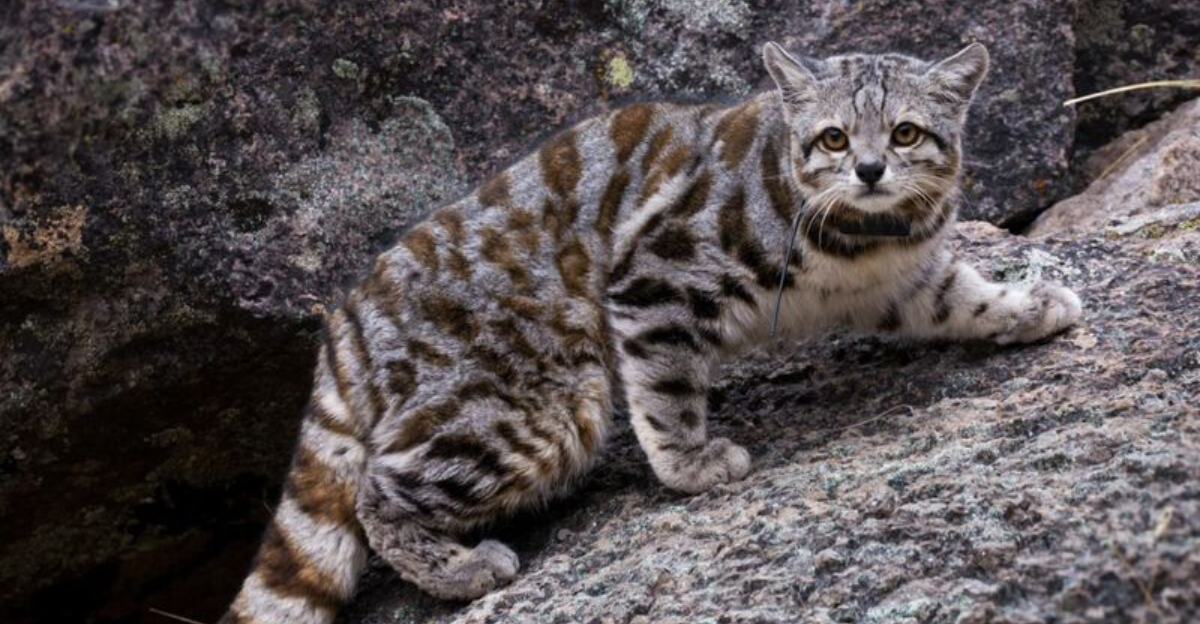
Scientists have finally captured photographic evidence of a mysterious wild cat species that’s eluded researchers for decades. This elusive feline has been the subject of local legends and occasional reported sightings, but without clear pictures, its existence remained in question.
The confirmation sends ripples of excitement through the wildlife conservation community, as it adds another member to the world’s wild cat family just when many species face increasing threats to their survival.
Rare Wild Feline Finally Spotted In The Andes Mountains
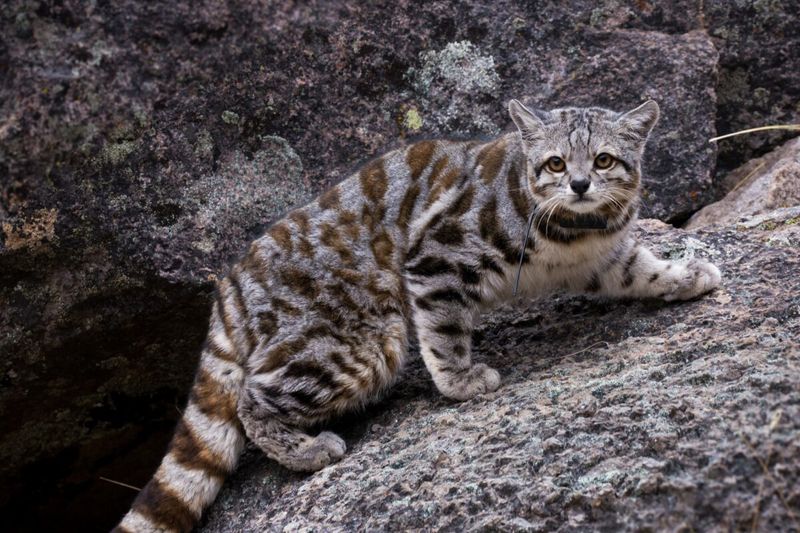
After years of fruitless expeditions and false alarms, wildlife photographers captured crystal-clear images of the elusive Andean mountain cat prowling along a remote rocky ridge. The breakthrough came when researchers installed motion-activated cameras near suspected hunting grounds.
Local trackers had reported footprints for years, but skeptics dismissed them as belonging to more common species. The cat appeared just before dawn, its distinctive markings unmistakable against the misty mountain backdrop.
For wildlife biologist Elena Sanchez, this moment represents the culmination of a fifteen-year search. “I’ve dreamed of this day,” she whispered when viewing the photos.
First New Wild Cat Species In The Americas In Half A Century
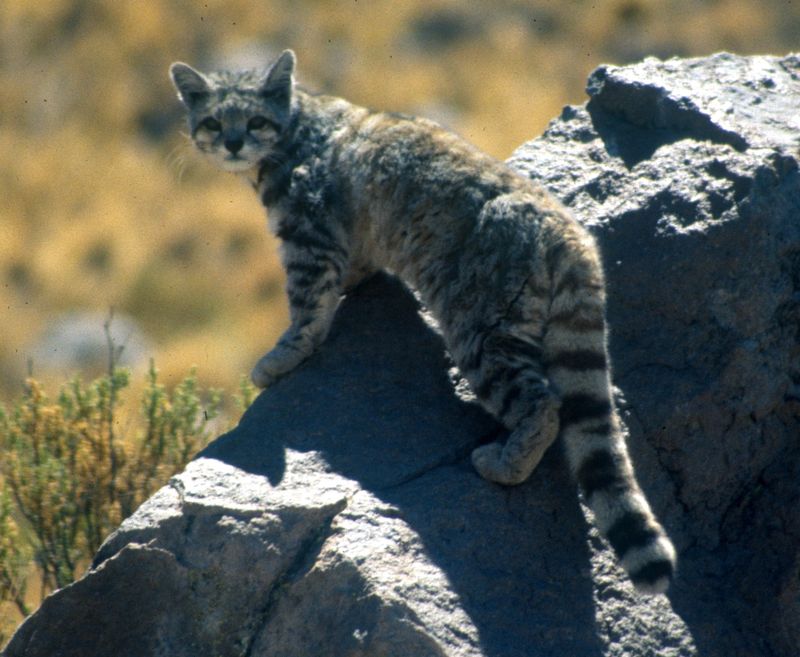
Taxonomists have officially classified this feline as Leopardus andinus, marking the first new wild cat species identified in the Western Hemisphere since 1973. Genetic testing confirms it’s distinct from other South American cats, though closely related to the pampas cat.
Museum specimens collected decades ago but misidentified have now been properly cataloged. Scientists suspect the cat evolved in isolation due to the extreme altitude and harsh conditions of its mountain habitat.
The discovery highlights how much remains unknown in remote ecosystems. “Even large mammals can escape scientific documentation in our modern world,” notes Dr. James Wilson, lead author of the classification paper.
One Of The Rarest Cats On Earth
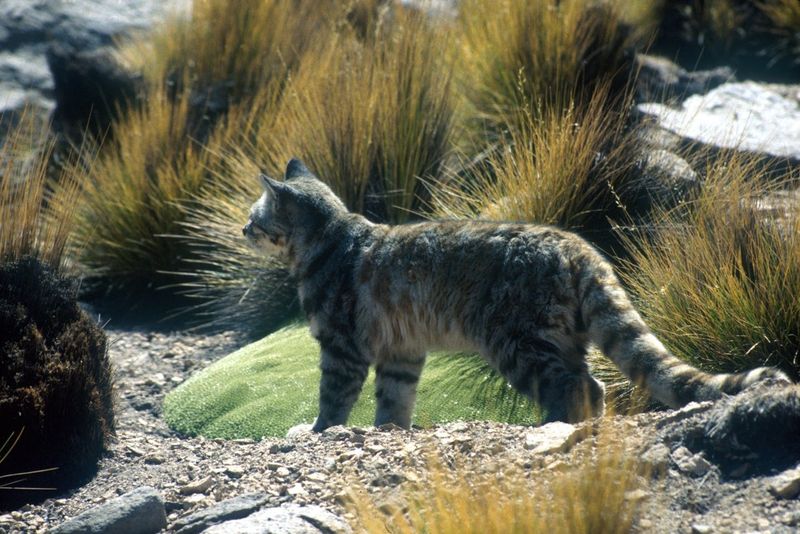
Population estimates suggest fewer than 2,500 adult Andean cats remain in the wild, making them more endangered than snow leopards or Amur tigers. Their scattered distribution across four countries – Peru, Bolivia, Chile, and Argentina – complicates conservation efforts.
Camera traps have only captured 35 unique individuals over the past decade of monitoring. Researchers believe the cats maintain extremely large territories, with males rarely encountering females except during brief mating periods.
The small population faces genetic bottlenecks that threaten long-term survival. Conservation groups have launched an emergency fund to protect critical habitat corridors connecting the fragmented populations.
Lives High In The Rugged Andes Mountains
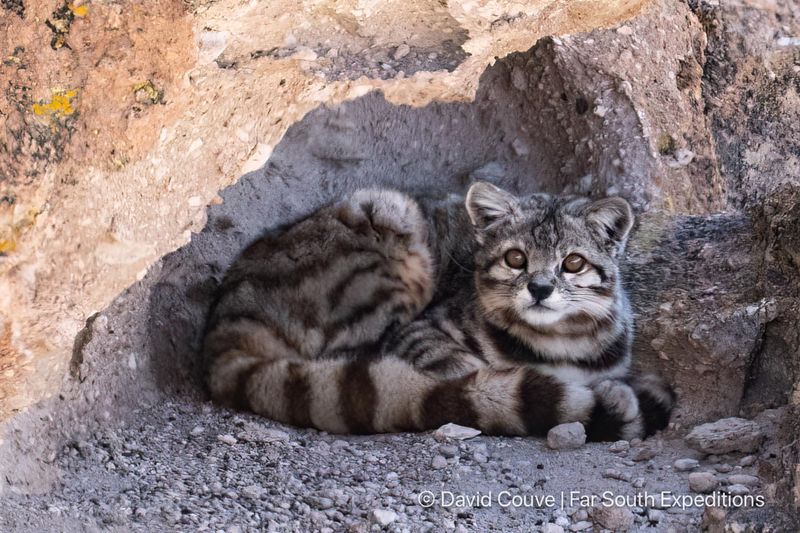
The cat makes its home above 3,500 meters (11,500 feet) in one of Earth’s most challenging environments. Thin air, freezing temperatures, and fierce winds define this harsh habitat where few mammals thrive. Yet this specialized feline has adapted perfectly to these conditions.
Rock crevices and abandoned viscacha burrows provide crucial shelter during storms. The cats move between microhabitats seasonally, following prey migrations and weather patterns.
Their range coincides with remote areas rarely visited by humans – another reason they’ve remained photographically undocumented for so long. The extreme isolation has protected them from many human threats but also kept them hidden from scientific study.
Fluffy Tail, Striped Fur, And Built For The Cold
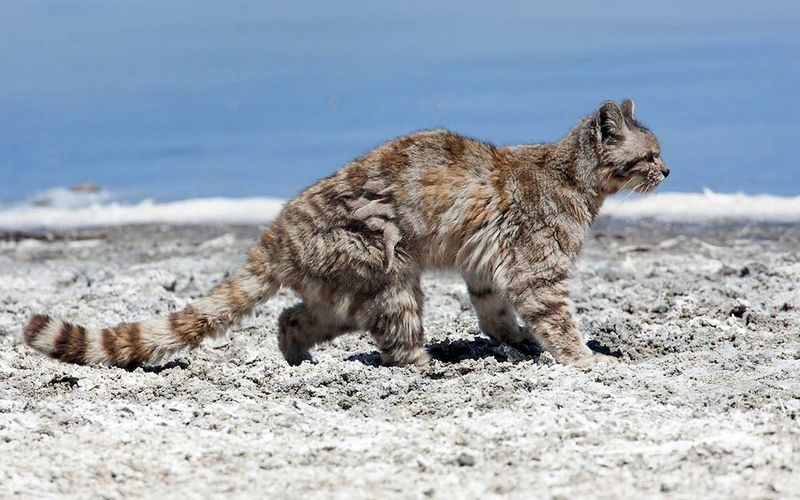
The newly documented cat sports a remarkable appearance – ash-gray fur with distinctive brown-orange stripes and spots that provide perfect camouflage among mountain rocks. Its most striking feature is an extraordinarily thick tail nearly matching its body length, used for balance on steep slopes and as a wrap-around blanket during sleep.
Dense underfur twice as thick as similar-sized cats helps it survive temperatures that regularly plunge below freezing. Compact ears minimize heat loss, while enlarged nasal cavities warm inhaled air before it reaches the lungs.
Wide paws distribute weight on snow and loose scree, functioning like natural snowshoes. Their fur-covered toe pads protect against frostbite on icy surfaces.
About The Size Of A House Cat – But Wild At Heart
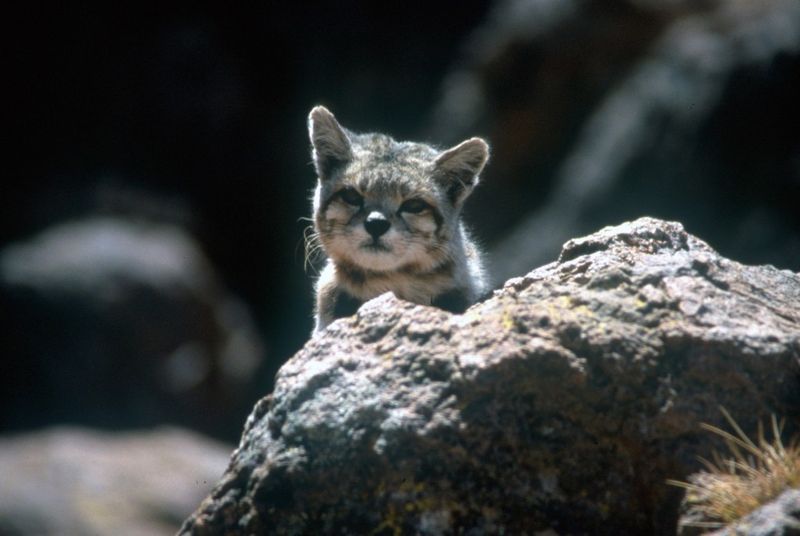
Don’t let its modest dimensions fool you! Though similar in size to your tabby at home – weighing 5-8 pounds with a body length of 22-24 inches – this mountain dweller possesses the fierce spirit of its larger cousins.
Pound for pound, it’s among the most efficient hunters in the cat family. Remarkably muscular hind legs allow for explosive pounces that compensate for the oxygen-poor environment where slower, sustained chases would be impossible.
Unlike domestic cats, these felines never meow. Their vocalizations include a distinctive high-pitched chirp used during mating season that carries across mountain valleys. When threatened, they emit a startling hiss that sounds almost bird-like.
Rodent Hunter With A Taste For Vizcachas
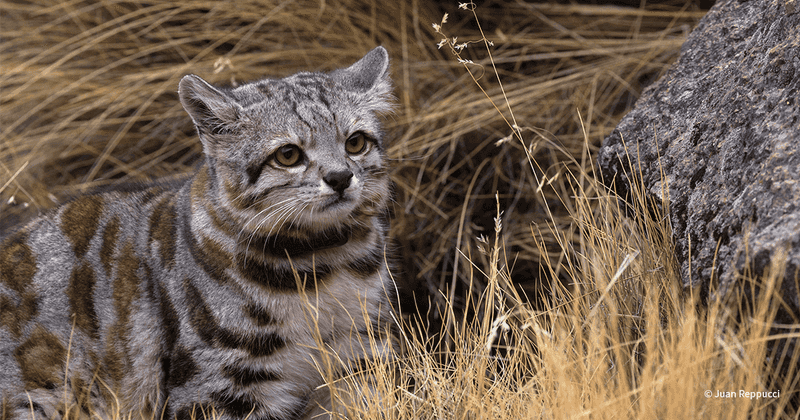
Mountain vizcachas – rabbit-like rodents with long ears and bushy tails – make up nearly 70% of this specialized hunter’s diet. The cat has evolved in such close association with its primary prey that their populations rise and fall in tandem across the Andes.
Hunting techniques involve patient stalking followed by precisely timed ambushes from rock outcroppings. These cats will wait motionless for hours, their striped coats blending perfectly with shadowed rock faces.
During lean seasons when vizcachas become scarce, the cats switch to smaller prey like mountain mice and ground-nesting birds. Unlike many felines, they’re known to cache excess food under rocks for later consumption – a rare behavior among cats.
A Solitary Spirit That Avoids Humans
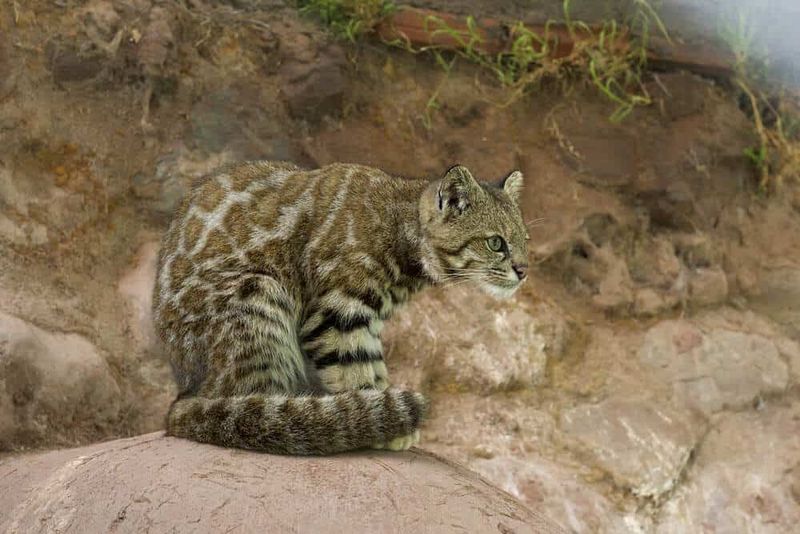
Extraordinarily shy even by wild cat standards, these mountain ghosts retreat at the slightest hint of human presence. Researchers who’ve spent decades in their territory report glimpsing them fewer than a dozen times, despite thousands of field hours.
They communicate through scent markings and rarely vocalize except during brief mating periods. Each cat maintains a massive territory spanning up to 40 square kilometers, marked with urine and scratch posts that warn off competitors.
Unlike some wild cats that occasionally raid livestock, these felines completely avoid human settlements. This extreme wariness has been their salvation but also why photographic evidence proved so elusive for generations of wildlife photographers and scientists.
Endangered And Fighting To Survive
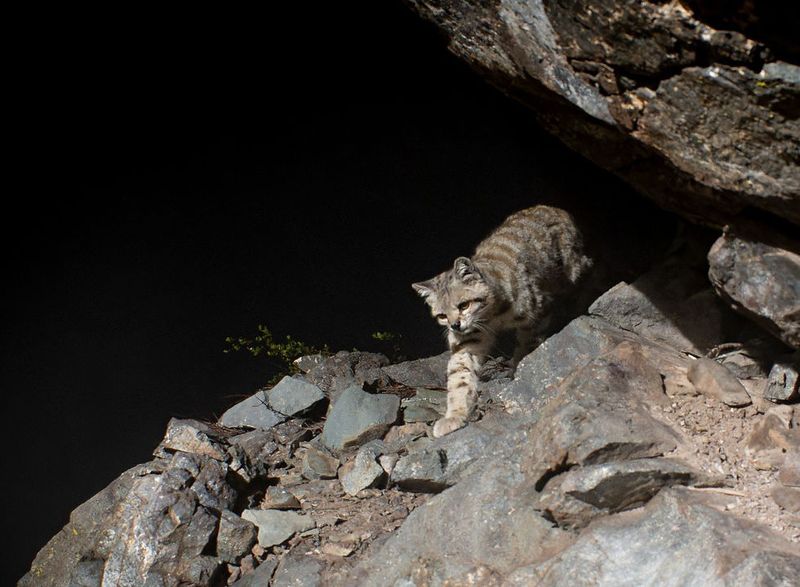
Climate change presents an existential threat as warming temperatures force alpine species to seek ever-higher elevations. For a cat already living near mountain summits, there’s literally nowhere higher to go.
Mining operations expanding into remote areas fragment critical habitat and introduce pollution into delicate ecosystems. Occasional poaching occurs when the cats are mistakenly blamed for livestock losses actually caused by more common predators.
Conservation efforts now focus on establishing protected corridors between isolated populations. A newly formed international protection coalition spans all four countries where the cats are found. Researchers are racing to understand basic facts about reproduction and lifespan before it’s too late.
Sacred Symbol In Andean Indigenous Culture
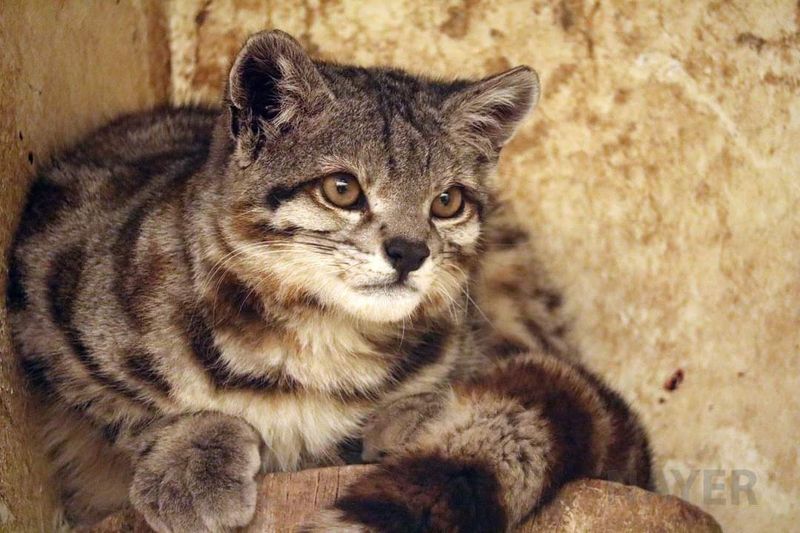
Long before scientists confirmed its existence, the cat held profound spiritual significance among Andean peoples. Ancient Inca and pre-Inca artifacts feature stylized cat images that match the newly photographed species with remarkable accuracy.
In traditional belief systems, the mountain cat serves as a mediator between the human and spirit worlds. Shamans believe wearing symbols representing the cat enhances their connection to mountain deities and healing powers.
Modern conservation efforts now partner with indigenous communities who have protected these cats through cultural taboos against hunting them. Elders share oral histories of cat encounters that provide valuable ecological information predating scientific study by centuries.

